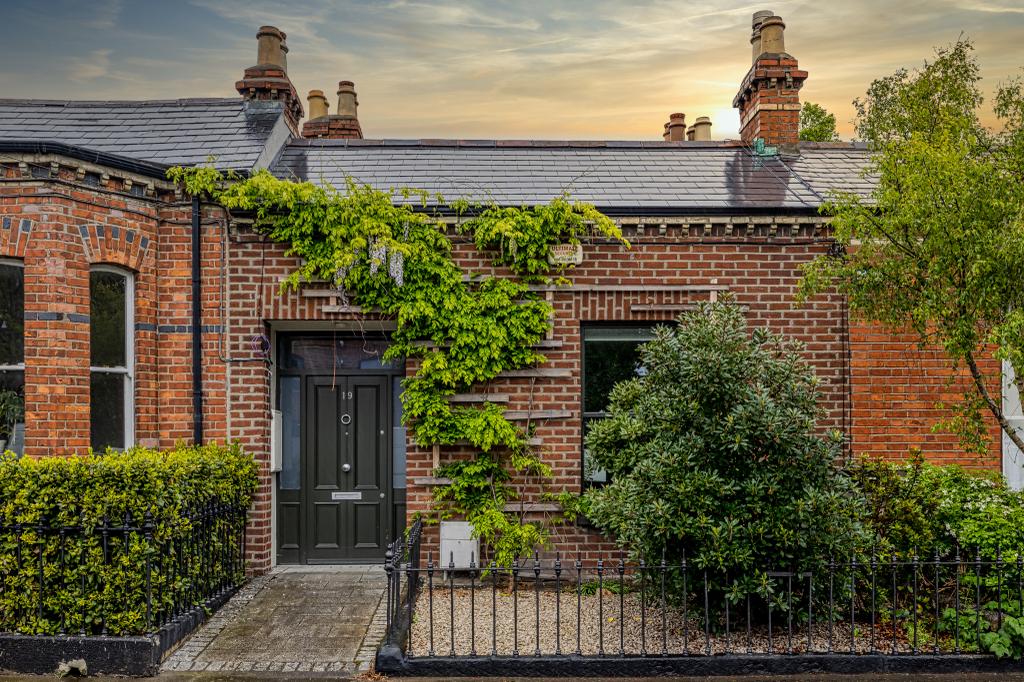May is always a busy month for estate agents when typically more properties come onto the market. While there has been a welcome increase in sellers, supply is nowhere near what is considered normal for this time of year. To put some context on this, the number of properties for sale in Dublin today is 30% lower than a year ago and over 40% lower than the same period in 2019 before the Covid-19 pandemic. There are many reasons for this low supply; but the main one is that low supply is creating low supply.
Now that is an odd way of describing it, but that is what is happening! In Q1 2020, physical viewings on properties were not permitted so obviously many sellers did not sell during this time, and supply has not recovered fully since. Most sellers need to sell to buy, and most of these sellers are not willing to sell unless they are sale agreed on their next home, and practically no sellers will sell subject to the sale of a property. This is understandable given the number of cash and ready to go buyers on the market. Add in a dysfunctional rental market and high price inflation, and very few people are willing to rent in the short term, especially families. So now many sellers are sitting tight.
On the demand side, we are seeing very motivated buyers with the pandemic still very much having an impact on the Dublin property market with Dubliners returning from overseas, their return accelerated by the pandemic. Many non-Irish executives, especially those in the technology sector, who are living in Dublin for a number of years are now looking to buy instead of renting. Many of these buyers are high earners and most of these buyers (60%) require no mortgage funds whatsoever. Many have sold properties and businesses in the countries they left to allow for these cash funds. Experienced property investors are buying again as a hedge against inflation and the volatility in the stock market. They have accounted for one in four of our buyers this year. We need them as nearly two thirds of our sellers are landlords exiting the landlord market.
This supply demand mismatch means it’s a seller’s market in Dublin right now. In the period January to March our average selling prices were 3.7% above asking prices. In April, selling prices were 7.65% above asking prices with premiums being paid for properties in walk in condition with a high BER rating or requiring very little upgrading. This is not surprising given inflation in construction materials, supply chain issues and the lack of available contractors. Some properties are selling in three weeks and demand is strong for all property types in all locations. The war in Ukraine, cost of living inflation and the uncertain economic outlook including inevitable interest rate increases in the eurozone are not currently having an impact on the Dublin residential market. Many buyers are keen to lock in a low fixed mortgage interest rate now. The question now is when will all this uncertainty affect the market and by how much?
We have seen an 115% increase in visitors to our website compared to the same period last year. Our open viewings on Saturdays are attended by viewing numbers in the region of 20 to 30. Many buyers we are working with, in my opinion, are unconcerned about where property values will be in a year from now. We have all lived with so much uncertainty over the last couple of years, they just want a roof over their heads and are thinking long term. They have mortgage approval and they want to act on it, they want to stop renting, they want to move from an apartment to a house, they want an extra bedroom, or they want to trade down after perhaps postponing it for a couple of years during the pandemic. There is certainly no credit bubble as anyone who has gone through the mortgage application knows how difficult it is to navigate the central bank lending caps. According to the European Commission in a recent in-depth review of the Irish financial system: “Overall, the financial sector looks much healthier compared to the run-up of the great financial crisis. Since then, Irish banks have become significantly more resilient, and the introduction of stricter rules and requirements has contributed to addressing many pre-crisis vulnerabilities of the banking sector.”
Uncertainty around build cost inflation, compounded by lengthy planning delays is going to likely to negatively impact the number of new homes we deliver this year. According to CBRE there were 5,669 homes completed in the first quarter of this year, which is still running at a rate that is well below the projected demand requirement of 35,000 units per annum. Most of these new units in Dublin were build to rent apartments which are much needed but don’t offer owner occupiers an option to buy a new A-rated apartment.
The Dublin rental market has now entered a crisis with a chronic shortage of properties available at the exact time demand is higher than before the pandemic, with many professionals returning to Dublin. Last month, 86% of our tenants were working in the technology sector, compared to 48% this time last year. Most companies are working on a hybrid model that does require their employees to be in the office a couple of days a week. In my experience, many of the young professionals want to be in the office every day. The queue in the Google canteen was an hour-long last week! In April, our average rent was €2,745, our highest ever since we opened our doors in 2008.
Many commentators in the media are predicting (and praying for) a correction or slowdown in Dublin house prices brought about by rising interest rates and a possible recession. Maybe they are right, and certainly confidence in the market is a factor. But in my opinion the current cycle still has legs and the most motivated buyers we are working with will buy no matter what if they can. Perhaps we will see a less heated market in the second half of the year and more equilibrium between buyers and sellers, a pickup supply of homes coming to market would help. And this would be a good thing. In the short term, nothing can cause Dublin rents to fall until we build thousands more build to rent apartments. My next blog post on the market in September will certainly be interesting!




